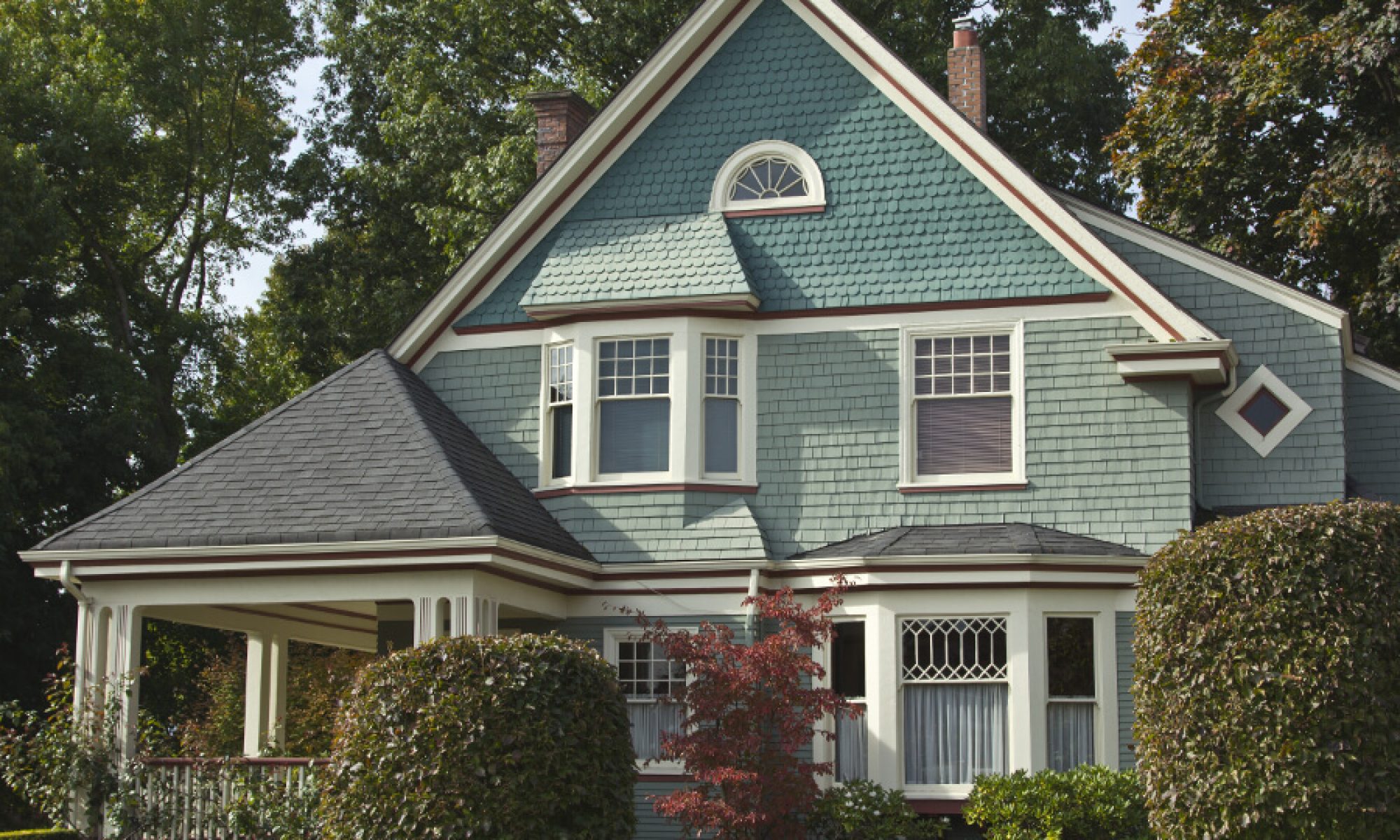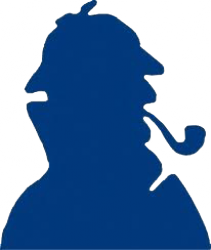If your furnace or boiler is approaching the end of its expected life span prepare now for eventual replacement.
REPAIRS VS. REPLACEMENT
-
- A furnace or boiler consists of many different components. When a part malfunctions or breaks down, it doesn’t mean that the appliance has totally failed. However, you will need to make a decision whether to repair the part or replace the entire unit. If the problem can be rectified for a few hundred dollars, it is reasonable to proceed. However, beware of spending several hundred dollars on repairs. In most cases it may be more cost effective to purchase a new appliance.
-
- Most gas and oil companies offer their customers financing options or a rental program. If the replacement of your furnace or boiler comes at a financially inconvenient time for you, it may be beneficial to explore what purchase options are available.
-
- While you are considering replacing your old furnace or boiler, it may be an opportune time to research the different units available. You may decide to upgrade from a conventional gas to “mid” or “high efficiency” unit. You may want to convert from oil to gas or vice versa. Now is the time to do the research. Plan now, before your unit fails, while you have the luxury of time to make an informed decision.
HEAT EXCHANGERS
-
- One part of the furnace or boiler that cannot be fully reviewed during a home inspection is the heat exchanger. It is substantially concealed within the appliance.
-
- The heat exchanger is the heart of the central unit. Its function is to retain the heat from the burning of the fuel and transfer that energy through the house, either by forced air, heated liquid, or steam. The normal, safe operation of a heat exchanger consists of allowing the combustion products from the flame to exit the house through the flue or vent and upwards through the chimney.
-
- When the integrity of the heat exchanger is breached, due to a crack or other defect, the operation of the unit can become dangerous by allowing combustion products to enter the living space.
-
- If there is a crack in the heat exchanger, and the flame in the appliance is not burning properly, there is the possibility of carbon monoxide (CO) entering the home. This is a potential safety hazard.
DETECTING A PROBLEM EARLY
-
- Black soot becoming visible on windows, TV screens, or walls, or in forced-air systems on the registers or joints in the duct work can be an indication that combustion products are entering the home.
-
- Condensation on the windows where it has never been a problem before could mean a gas-fired system is leaking combustion products, one of which is water, into the living space.
-
- Headaches or confusion upon awakening in the morning may be an early warning of small amounts of carbon monoxide in the home.
Copyright (2003) CBCG – Reprinted with permission

